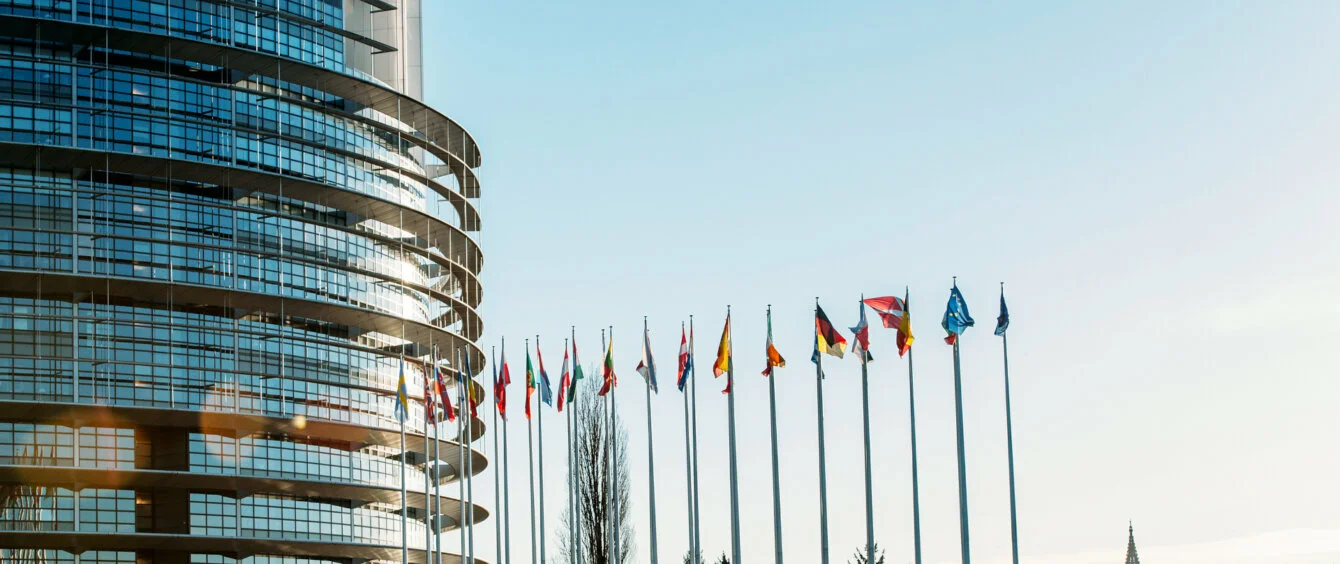Almost €675 billion has been set aside by governments in the EU, UK and Norway since September 2021 in unprecedented moves to protect consumers and businesses from rising energy prices.
The energy crisis escalated following Russia’s invasion of Ukraine in Feburary and the loss of a huge volume of gas that Russia normally exports to Europe. Of the four main Russian pipeline routes, flows along the Yamal pipeline via Poland and the NordStream pipeline to Germany have been zero since May and September respectively. Transit flows across war torn Ukraine are at very low levels.
Only the southeast European Turkstream pipeline is running at normal capacity, but this delivers gas mainly to Turkey and Hungary; flows to Bulgaria have been cut off. Onward transmission capacity to the rest of Europe is very limited.
The shortage of Russian gas has seen Europe boost its imports of liquified natural gas (LNG) in an effort to build stocks ahead of winter. However, the rush to secure these imports, many of which would normally head to Asia, and expectations of scarce supply as winter demand rises, pushed summer and future-dated gas prices to abnormal levels.
Gas prices feedthrough into the electricity market
High gas prices impact millions of consumers’ heating bills across Europe, but they also affect electricity prices.
European countries employ a marginal pricing system for wholesale electricity in which the lowest-cost generators meet demand first. However, the final price is set by the last to join, setting a ‘marginal price’, which is then applied to all sales.
A high marginal price sends a signal to the market that more low-cost generation is both needed and economically viable, but new capacity takes time to consent and build.
In today’s circumstances, high-priced gas-fired generation is setting the price in Europe’s wholesale electricity markets. Consumers and businesses thus face both expensive power bills and higher gas bills where gas is used for heating.
Governments increase support
The crisis has led to both short and long-term action. Across Europe, 27 countries have reduced energy taxes. The same number have increased payments to vulnerable consumers, while 22 countries have provided businesses with financial support to meet rising energy bills.
A number of countries, such as the UK, Italy, Spain have enacted, or have proposed, ‘windfall’ taxes.
Low-cost generators exposed to market prices benefit from high wholesale electricity prices – this encourages them to build more low-cost generation, pushing higher-cost sources out the energy mix. Windfall taxes benefit the public finances, but reduce the market incentive and the financial capacity to build new low-cost capacity, which today means wind (on and offshore) and solar PV.
Price caps proliferate
A large number of countries (15), including Germany, the Netherlands, Belgium and France, are also using retail price regulation as a means to shield consumers. While schemes differ, this effectively places a cap on the price of retail gas and power prices.
Energy providers, for example gas-fired generators and gas suppliers, can be faced with a gap between their costs and the price cap, which has to be met by government and is generally being financed by increased long-term debt.
The price caps in most cases have been set high relative to pre-crisis prices and are designed to protect consumers from further increases. In the UK, for example, the new Energy Price Guarantee, which came into effect from October 1, sets the price cap at a level 27% higher than in the summer and 96% higher than winter 2021/22.
Crisis exit needs infrastructure investment
Longer-term solutions include expanding Europe’s non-Russian gas import capacity, and reducing the continent’s reliance on gas more generally.
Increased renewable energy capacity backed by short, mid and long-term electricity storage is key to resolving the energy crisis and thus plays a central role in the EU’s REPowerEU plan, published in May in response to Russia’s invasion of Ukraine.
Incentivising low-cost renewable electricity generation is not just the cheapest path towards greater security of energy supply, but represents a strategy in harmony with Europe’s urgent energy transition goals.
Photocredit: shutterstock.com, Hadrian
